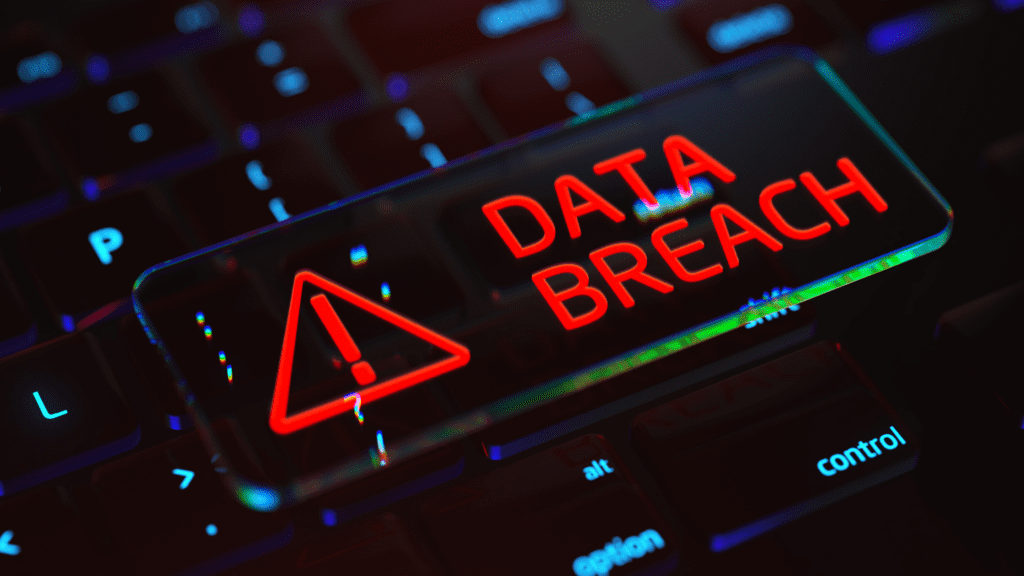
Why IT Efficiency is the Backbone of Modern Business
As business operations quickly shift across industries and cultures today, IT efficiency cannot be disregarded as an indispensable cornerstone. IT doesn’t just keep systems operating smoothly; It increases productivity, streamlines operations, empowers decision-making with data-driven insights, fuels operational excellence, and drives innovation for all companies.
In its simplest form, IT efficiency lets businesses allow employees to work from home, automate boring tasks, and use data for long-term planning, all while keeping strict security standards. In today’s digital world, IT speed is essential to businesses because it makes things easy and cheap, which leads to success and new ideas.
Business growth depends on IT efficiency, and IT Managed Services help. Every industry speeds quicker, works smarter, and stands out using technology. 48% of companies increasing IT budgets for innovation illustrate its significance; hence, this discussion will discuss why optimizing IT usage is necessary for contemporary enterprises’ survival.
The role of IT in modern business
Modern business operations cannot underestimate the significance of IT for daily operations in this digital era, from managing customer data and maintaining relationships to running efficient operations. Managed IT services and cloud options enable companies to save money and expand while staying cost-competitive, key for modern enterprises.
Both big tech companies and small startups can use IT efficiency to make their internal processes more efficient, make sure customers are happy, and grow their businesses without lowering output. IT is an important part of modern businesses because it helps them make better products without lowering their output.
What Makes IT Important?
IT efficiency plays an essential role in business efficiency, helping reduce costs through automation and streamlining processes, while simultaneously increasing communication within teams while making daily operations more scalable and agile – leading directly to increased customer satisfaction as tailored services delivered directly by IT help meet ever-evolving market dynamics. Furthermore, by helping businesses embrace cutting-edge technologies like artificial intelligence or cloud solutions further cement its role within digital world business operations.
Examples of Information Technology used in business
-
Boosting Operational Efficiency
Efficient IT systems can transform how a business functions, leading to impressive productivity gains. McKinsey’s report shows that digital technologies can enhance productivity by up to 20%. This efficiency is achieved through the automation of routine tasks and by streamlining data management and optimizing resource allocation. It means businesses can accomplish more in less time, reducing delays and increasing the overall output without compromising quality.
-
Quality Control and Customer Satisfaction
Effective IT systems can significantly transform how a business functions and lead to impressive productivity gains, according to McKinsey’s report on digital technologies’ potential productivity gains of 20% or greater for many organizations – achieved via automating repetitive tasks while streamlining data management and optimizing resource allocation strategies; businesses can accomplish more without incurring unnecessary delays while increasing output without compromise in quality outputs.
-
Revolutionizing Supply Chain Management
Capgemini research indicates how IT-driven supply chain visibility can reduce operational costs by as much as 30 % for businesses, providing them with improved inventory control which keeps track of stock levels more accurately and improves logistics planning more smoothly. For retailers with tight profit margins, reducing waste and improving inventory control are crucial for operational success and stock management.
-
Personalization at Scale
Adobe research indicates that IT-enabled personalization in e-commerce has revolutionized marketing and sales strategies, according to Adobe research. Employing IT systems for data analysis of customer preferences and behavior patterns, businesses are using targeted marketing campaigns designed to improve shopping experiences while raising conversion rates while building customer loyalty, resulting in enhanced conversion rates as a result of personalized experiences for shoppers enabled through IT strategies individualized specifically to them.
-
Empowering Data-Driven Decisions
Data-driven decision-making has become more and more widespread within business environments. According to Forbes, companies that rely on data for decision making often make quicker decisions than companies that don’t use this method of decision making. IT systems play a vital role in collecting, analyzing, and interpreting vast quantities of information for businesses – providing invaluable insight that informs everything from marketing strategies and product development decisions through to overall strategic initiatives.
-
Facilitating Remote Work and Flexibility
Remote working has highlighted the crucial role IT solutions play in supporting productivity. A Stanford University research showed an 13% boost to output from using remote IT-facilitated remote working; employees collaborate efficiently while accessing vital resources anytime from any place – making work more flexible, adaptable and adaptable than ever.
-
Ensuring Regulatory Compliance
Compliance Enhancing IT systems have helped organizations streamline regulatory compliance at more cost-effective levels, according to research conducted by Deloitte. Automating tasks associated with regulatory compliance activities has demonstrated up to 50 % cost savings when used for this purpose – this benefiting highly regulated industries where compliance plays an essential part in avoiding legal complications and maintaining their good standings.
-
Automating for Productivity
Automation can save employees significant amounts of time – according to Smartsheet’s survey, automation frees up five hours each week that workers can invest into more strategic tasks that not only boost productivity but also allow for fulfilling work experiences.
-
Reducing Costs Through Smart Technology
Implementing energy management systems is an affordable strategy to lower operational costs for any business, according to reports by the United States Department of Energy which estimates these technologies can cut energy expenses by 10-20% – providing both financial benefits and supporting sustainability efforts at once.
-
Strengthening Customer Relations
Effective CRM solutions, such as Salesforce, can increase customer satisfaction by up to 35%. Businesses using IT systems better understand customers, anticipate needs, offer customized services, strengthen relationships, increase loyalty, and achieve greater results.
Optimizing IT efficiency is paramount for expanding operations, guaranteeing quality products, and building customer relations. Right Hand Technology Group’s IT Managed Services provide more than mere support; they play a pivotal role in business success and competitiveness—essential elements needed for the sustained development of any successful enterprise. Strong foundations should form part of each plan for future expansion.
Related Topic: IT Services & IT Support In Wheeling, WV
Challenges in achieving IT efficiency
Maintaining IT Efficiency Establishing IT efficiency may prove to be difficult for businesses; Understanding the steps for efficient action is paramount to their growth and prosperity. Legacy systems tend to make operations less efficient, while cyber threats pose both data management and business operations at risk. Workers without sufficient skills may delay adopting new technologies or developing software, thereby impeding efficiency for your company. Engaging managed IT services, custom solutions, and ongoing training boosts productivity, meets business goals, and supports expansion in digital era.
Strategies for improving IT efficiency
Modern companies must always improve their IT efficiency to stay afloat and grow successfully, which may include buying new technology to make operations run more effectively, employing best data handling practices, hiring IT services to reduce costs, training workers to utilize modern tech effectively, and giving regular refresher courses so employees understand its role in everyday tasks in this digital era. These steps boost process effectiveness, keep you ahead in competitive markets, expand your reach, and delight customers with new solutions
Related Topic: How to Protect Your Computer Network from Viruses and Attacks
Final Thoughts:
IT efficiency has become an indispensable aspect of modern businesses – acting as the cornerstone for modern processes, increasing efficiency through automation, and driving growth and innovation across an enterprise.
Businesses of today must prioritize IT efficiency and utilize managed IT services from Right Hand Technology Group in order to improve customer happiness and operational efficiencies. Since IT plays such an integral part in how modern enterprises function and drive growth, modern enterprises must stay ahead of this digital era by working with an expert services company like Right Hand Technology Group if they wish to remain successful and gain new ideas and success.
Related Topic: MANAGED IT SERVICES





